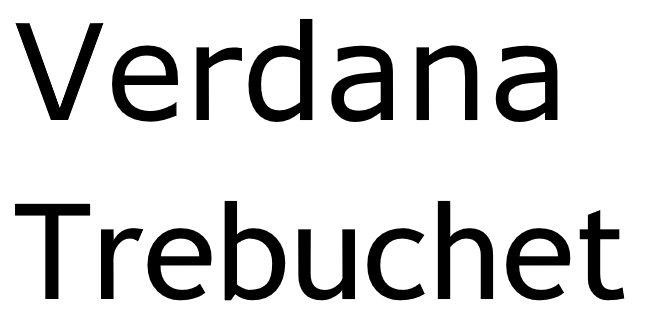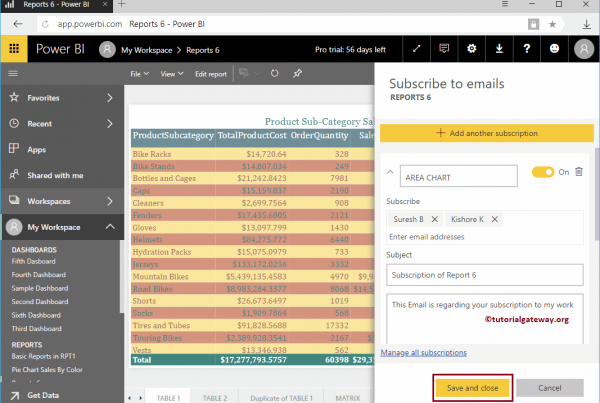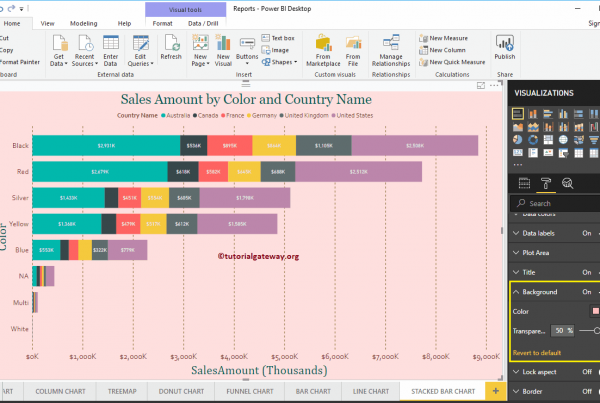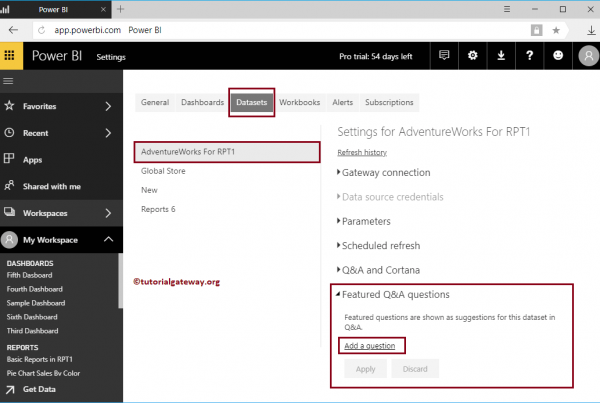According to the International Dyslexia Association, “perhaps as many as 15-20% of the population in general they have some of the symptoms of dyslexia ”. Also, for many reasons, dyslexia and other written language difficulties are likely underdiagnosed. Es muy probable que muchas persons que ven su contents de Power BI se vean afectadas no solo por su gráfico y selección de color, sino también por su elección de fuente y tamaño de texto.
Personal history
One of my older children is precocious, he is aware of everything, he started reading at a young age and, no matter how many times you mention taking a book off the shelf at once, he always has a pile of books. Another child is not like that at all. Our family doctor said that the former child is unusual and that he should not keep the other children at the same level of expectations. With that thought in the back of our minds, my wife and I did not consider the other child's eventual problem with reading to be of much concern from the beginning. An outside observer who had his own experience with a dyslexic child was needed to help us identify some specific possible symptoms and seek evidence and resources through the local public school system.
I mention this because if it is possible that two college-educated adults with multiple children may not recognize the signs of difficulty in written language early enough in his own houseWhat assumptions about report readers in the workplace could be wrong by extension?
Fortunately, there are some good resources available to help people without dyslexia understand what it takes to tailor teaching, training, and parenting for someone who reads and learns in a different way than you. My local university, the University of Michigan, has a great dyslexia help site to which I mean. They even link to a study to Good sources for dyslexia…
Back to Sources
Your Power BI font selection is currently limited to about two dozen options. These include a mix of serif versus sans serif, monospaced versus non-monospaced, bold versus light, and more. While I don't have a definitive list of specific fonts, and would love to hear additional information from readers living with dyslexia, there are some preferred font options, as well as options to avoid when designing Power BI reports.
Tips for more accessible sources
- Increase your font size - The default text size in many places in Power BI is 8 points, which is too small for almost anyone, much less for people who need to be more deliberate in reading.
- Avoid italics - provide emphasis on text through other methods, such as bold, increased size, a different color (with appropriate contrast), or try some markdown * syntax * (as Power BI won't display individual markup asterisks in italics ).
- Use sans serif fonts - Sans serif fonts tend to be more readable than serif fonts, but increase the font size to increase readability if you use serif fonts.
- Use fonts that provide more distinction between characters – Algunas fuentes tienen caracteres que se parecen mucho a otras, pero pruebe con fuentes que tengan más distinción. Por mucho que be popular elegir Comic Sans, la Asociación Británica de Dislexia ha helpful comment about him and other sources in this case.
Power BI font options
With some of those criteria in mind, what Power BI sources might be better for more accessible reading?
Studies or institutions recommend various sources for dyslexia, some of which are available in Power BI:
- Verdana
- Arial (+ black arial variation)
- Trebuchet
- Tahoma
- Calibri
- Comic sans
Other Sans Serif fonts to try in Power BI:
- Segoe UI (+ bold + light variations)
- Candara
- Consoles
- Bracket
- Lucida Sans Unicode
- DIN (default for many labels)
Serif fonts to avoid:
- Times New Roman
- Cambria
- Constantia
- Courier New (although monospace ...)
- Georgia
RETO: Promover la accessibility in Power BI
When it comes to reporting design in Power BI, it still seems like accessibility is more of a niche issue than a fundamental one. The best way to make it a fundamental topic is to draw more attention to it. Right now, Meagan Longoria (Blog / tweet) is the leading voice in the Power BI community consequently writing and presenting about it. Let's change that. Read up on inclusive design, start building concepts on your report checklists and to-do lists, and don't leave it at the last minute.
Thanks. But I'd like people to stop treating accessibility as optional so that accessible reports don't make me unique, and for the Power BI team to introduce features that make it easier and less tedious to make accessible reports.
- Meagan Longoria (@MMarie) August 25, 2020
BONUS: Reading Pattern Differences
Si bien no es el enfoque principal de esta publicación, Microsoft Research lanzó recientemente un estudio y un video complementario sobre un estudio de seguimiento ocular para personas con y sin dislexia. Aunque el estudio implica la visualización de resultados de búsqueda Web, también podría brindarle una perspectiva sobre cómo las personas pueden estar analizando sus informes de Power BI.
TL; DR - The results found that the scan patterns of the gaze were different. Most dyslexic seekers used a compromise scan pattern (effective read, no scan). Most non-dyslexic seekers used the F-shaped scan pattern.
Payment links
Como asociado de Amazon, gano con las compras que califican.







